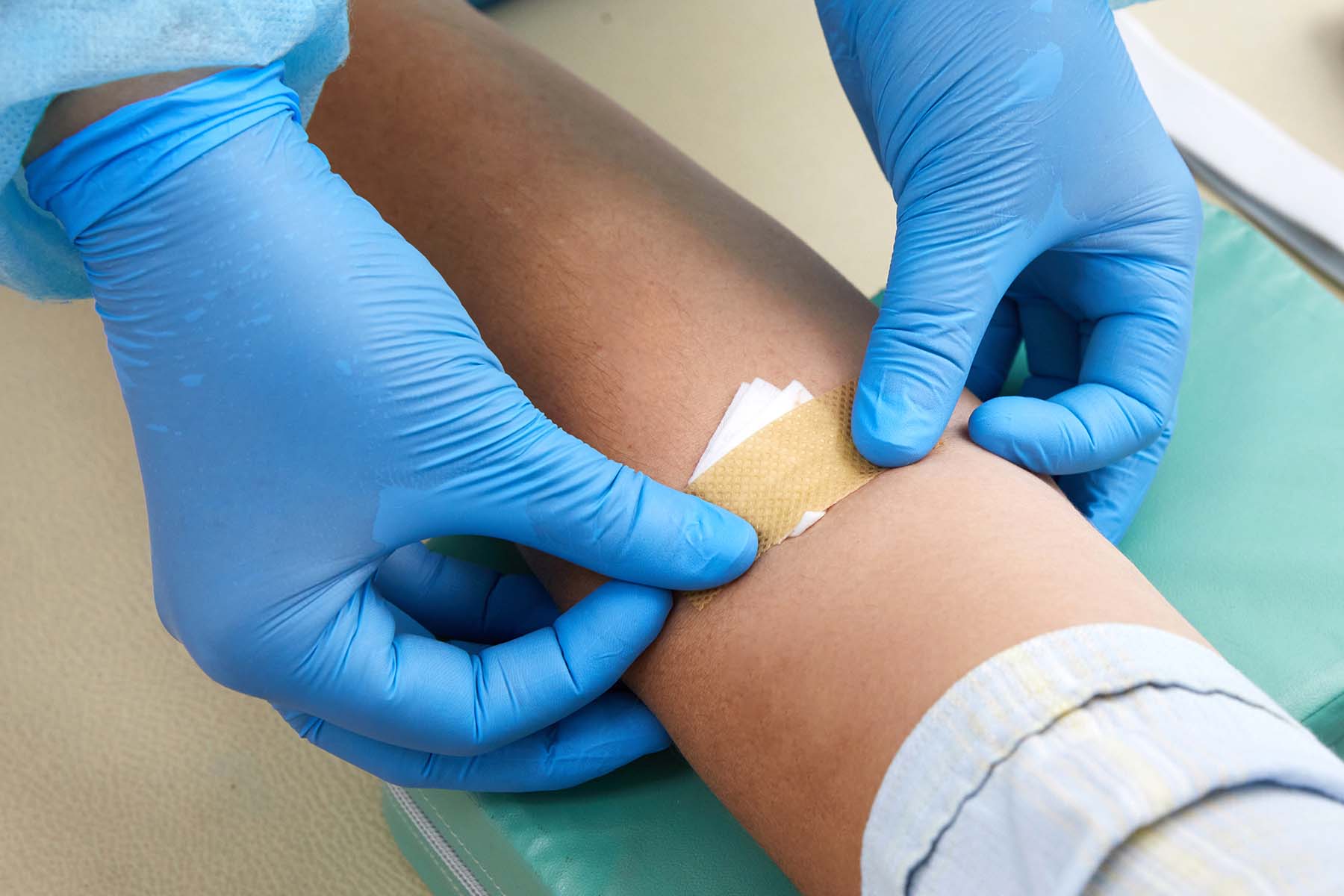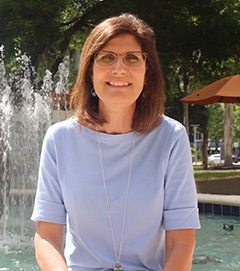Non-Hodgkin Lymphoma: A Reason for Optimism?

Actress Jane Fonda’s recent disclosure that she had been diagnosed with non-Hodgkin lymphoma has focused public attention on this cancer of the white blood cells. On social media, she told fans she was receiving chemotherapy for six months and expressed confidence in survival.
Fonda, 84, has a right to be optimistic, says Craig Moskowitz, M.D., an oncologist at Sylvester Comprehensive Cancer Center and one of the world’s leading lymphoma experts.
Many non-Hodgkin lymphomas (NHL) are curable, and most are “highly treatable,” with more than an 80% survival rate. Medical advances, including the ability to sequence the tumor for genetic abnormalities, have made a big difference.
Moskowitz cites an example: Follicular lymphoma, a common type of NHL, had a median survival rate of 7 years three decades ago. Today most patients can live 25 years.
For all lymphomas, “we have more treatments and better treatments with fewer side effects,” he adds.
Non-Hodgkin lymphoma belongs to a group of cancers found in the body’s lymphatic system, a complex network of vessels, tissues, and organs.
Usually, lymphomas begin in the tissues of lymph nodes, but it’s not uncommon for them to be discovered in the bone marrow, spleen, and even the digestive tract.
There are dozens of non-Hodgkin lymphoma subtypes.
They are characterized by two main factors:
- whether the disease is indolent (slow-growing) or aggressive
- by the type of lymphocyte cell they affect
B Cell non-Hodgkin, named because cancer originates in the B lymphocytes, is the most common, with T-Cell non-Hodgkin (which starts in the T cells) and Hodgkin lymphoma being less so.
About 80% of NHLs are B-cell origin, and 20% are of T-cell origin.
A number of indolent NHLs don’t initially need treatment. Patients often show no symptoms for years, and oncologists take a watch-and-wait approach.
“For those, we wait until the cancer has grown to a significant size for treatment,” Dr. Moskowitz explains.
However, catching and treating some curable lymphomas in time is important because patients in the late stages may not fare well. For example, the five-year survival rate for patients in Stage 1 or Stage 2 of non-aggressive NHL is more than 86%, which drops to 64% for patients with stage IV disease.
About 80,000 new cases of NHL are reported each year.
Dr. Moskowitz estimates that about 750,000 people are living with the disease in the U.S. However, diagnosing this cancer can be tricky. Not everyone displays symptoms; sometimes, the lymphoma is discovered accidentally during a routine blood test.
The most common symptoms of lymphoma are swollen lymph nodes in the neck, armpits, or groin. But the disease can also cause skin itching, fatigue, night sweats, fever, and unexplained weight loss. A lymph node biopsy serves to diagnose cancer, and a positron emission tomography (PET) scan helps stage it.
Blood tests also determine the type of blood cell where the cancer originates, an important factor in treatment as therapy depends on the kind of lymphoma a patient has. Outpatient chemotherapy, such as the one given to Fonda, is the first line of treatment.
There are many therapies for patients whose disease comes back after initial treatment.
One of them, CAR T-cell therapy, lab-engineers a patient’s own T cells to attack the cancer cells. And because Sylvester is one of only 71 National Cancer Institute-designated centers in the U.S., patients have access to clinical trials and the newest experimental drugs. Dr. Moskowitz, for example, is leading a clinical trial that tests a new drug combination for advanced NHL patients whose previous treatments have failed.
There are eight lymphoma specialists at Sylvester.
“We each have our own area of expertise,” Dr. Moskowitz explains. “We think of ourselves as a one-stop shopping center [for lymphomas].”

Ana Veciana Suarez, Columnist
Ana is a regular contributor to the University of Miami Health System. She is a renowned journalist and author who has worked at The Miami Herald, The Miami News, and The Palm Beach Post. Visit her website at anavecianasuarez.com or follow @AnaVeciana on Twitter.
Tags: cancer research, car t cell infusion, Craig Moskowitz, lymphoma, types of non hodgkin
